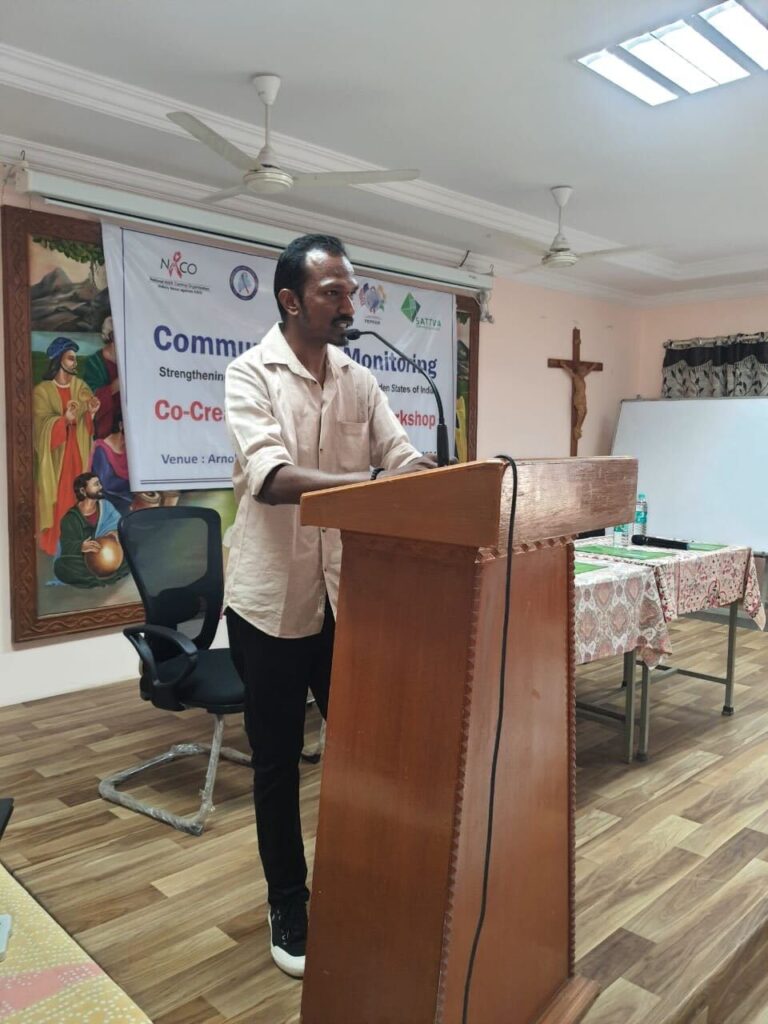Even if you are not part of “the sector”, it is hard to miss the buzz around skill development. There has been a lot of talk, a lot of money and a lot of government and private attention on the skill development sector. In the last ten years, the number of skill training organisations in this country (and their reach) has multiplied many times, NSDC has played an active role as an orchestrator, Industry has come forward in the form of sector skill councils and there are some impressive numbers on the number of youth that have been trained and placed. The NSDC website speaks about 187 Training Partners, 2228 Training Centres, 37,66,647 people trained and 14,73,617 people placed.
I have had the opportunity to meet employers across the country (From metros to capital cities to Tier II towns, from Chattisgarh to Karnataka) at the operations level – on the ground & at the store – I have not met a single person who has told me that he needs a skilled resource. Partly because industry has resigned to the lack of supply of skilled resources and has resorted to building internal training capacities (“I need 1400 people every month. Which Skill training organisation can deliver me that?”), Or the industry dynamics only allow it to have a low-skill-low-pay-low-retention model (“I have a 2 day induction program boss. There’s no time for training. If he stays, it is a problem since I can’t afford an increment”), Or we have – as a country – always believed skill is over-rated (“I don’t need horses. I need donkeys”), Or there’s a lack of faith in the skill training organisations (“I am not going to pay any NGO”) – all quotes from leading Indian companies with nationwide presence.
Of course, one can slice the issue in many ways and talk about what has to change. But put simply – the two questions that really need to be answered is:
1. Are there entry level skilled jobs today for job seekers who are 10th / 12th pass and to a large extent graduates? (By skilled jobs, I mean the employer would not hire someone without that skill into the workforce. Everything else is nice to have)
2. Can a skill training program (10 days – 6 months) today equip youth with the requisite skills for those jobs?

To answer these questions entirely in the negative will be pessimistic (And I have a personal reason to answer in positive. But that’s for the next post). But if one looks at the top sectors that skill training organisations focus on or where high number of employment opportunities are promised – Retail, Hospitality, Automotive, Construction – they all fail the first question.
Hence, we currently are, and will be in the foreseeable future, part of a reality where a large number of unskilled, inexperienced, and often migrant youth will join the workforce with a salary that is at best the minimum pay set by the government. And it is critical that they are able to stay on the job, learn on the job and translate that job into a long-term career.
And that is not happening today. Workforce attrition in these sectors are high – and not always due to competition or promise of career progression elsewhere. “Infant mortality” (employees leaving in the first few days) or employees not joining at all once offered a job is rampant. And this has been true across sectors. A lot of the blame has fallen on the youth, their unrealistic expectations and their inability to cope with pressure. But to blame it on the youth is taking the easy way out – I can think of at least two systemic issues that need to be addressed.
Effective career counselling: Automobile designer, Teacher, Doctor, Government Job, Fashion designer, Nurse are some of the choicest answers I have got for career goals from 18-20 year olds. Only that I met them in the middle of their mobile repair / DTP / Customer Service training classes. These youth have made decisions on their graduation, their vocational training without a clue of how it leads to their career because they know of an uncle who knows someone and if they could give anywhere from 50,000 to 2 lakhs, they could get that job. Everyone seems to have information about jobs (1 day, someone said, is all takes for you to get a job in the city if you really try) and no one seems to have any clue on careers.
An effective career counselling model can translate their aspirational goals into tangible next steps (or a hard-nosed reality check): Brass tacks (e.g. salary, work hours, positives, negatives, relevant organisations), the requisite skills, long term prospects and an honest assessment of the effort it would take. If the model could showcase unthought of opportunities, highlight trade-offs and offer a long term perspective, it will hopefully help the youth make an informed and pragmatic decision on his career. At best the model could inspire them to put the effort and connect the dots and in many cases, it could give them a set of tangible options to choose from. Such a model can then be integrated in schools, in employment exchanges and in community organisations.
Affordable logistics: Today, a migrant youth who joins a retail store does not make enough to make ends meet and send something back home. Period. And this is true across sectors. In a commodity talent market, the employer has enough leeway to pay less and get the most work out of their entry level workforce. And one can only blame the youth so much for not working 12 hours for next to nothing. Try as you might, you cannot change their salaries. But if one could offer these youth decent living conditions (a combined offer for a place to stay and three healthy meals) at nominal prices for the first six months, it automatically increases the money saved and their longevity in the job. And if you could push it further, you could offer them a group insurance model to provide basic risk cover. Skill training organisations (sporadically), and select family-led SMEs have already implemented these models and shown it has a direct impact on retention.
These are two and I am sure there are more levers. And not all of what I am saying is new or novel. Aajeevika Bureau has been doing some great work to support migrant construction workers and waste pickers in Rajasthan and Gujarat (last I know). I have had the opportunity to watch up close LabourNet’s focus on delivering services to migrant workers (my article on the same from five years ago) and have heard from Gayathri on how they have integrated it as part of their current model. Aarusha Homes has ventured into low-cost hostel and paying guest models for students and entry level employees. I have not heard of good counselling models so far and would love to know if there are any (I have briefly heard about efforts by Magic Bus and the like).
Nevertheless there’s a strong need for more such organisations especially in the service sector spaces such as retail and hospitality which today see a substantial churn of talent. From where are today:
1. Leading skill training organisations can pioneer the change to support the aspirants they train today with the support for affordable logistics.
2. Organisations – especially those focused on education and youth – can scale their focus to employability through career counselling than focus on actual vocational training.
3. Can someone design a “at-scale” model like Akshayapatra to offer healthy food and accommodation for youth (and come to think of it, the only other sector that has cracked this model of affordable logistics is religious tourism).
4. A share of the CSR investment that is heading to youth and skill development could focus on piloting models with the organisations they support to ensure retention and sustained employment of youth.
Let me say it again – Irrespective of the success of Make in India and all our skilling focus, we currently are, and will be in the foreseeable future, part of a reality where a large number of unskilled, inexperienced, and often migrant youth will join the workforce. with a salary that is at best the minimum pay set by the government. And it is critical that they are able to stay on the job, learn on the job and translate that job into a long-term career. And if these efforts will help ensure more youth stay in jobs and make a career out of the opportunities they receive, it is worth a thought.




